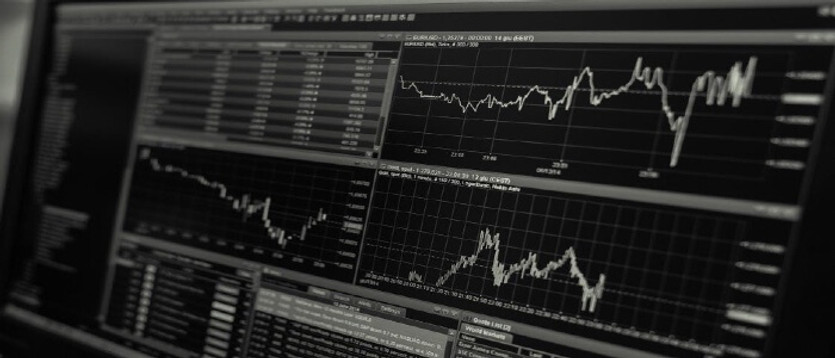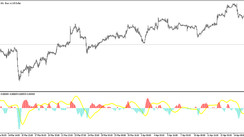Introduction
CFD trading has been a hot topic and the primary choice for investors in Australia. Through a CFD contract, an investor can speculate on the price of an instrument without having to actually own the asset. The trader agrees with their broker to sell the price at a future date on the expiry of the contract.
This form of trading provides significant benefits to traders. Let us go through the essential features of CFD trading and see how Australian investors can take advantage of it.
What does CFD trading hold?
CFD trading in Australia comes with wide-ranging benefits and a few drawbacks that traders should comprehend.
Access to Margin
A good amount of margin is at hand for Australian traders. ASIC has currently reduced the leverage present to traders from 500:1 to 30:1 mainly to avoid huge losses due to the application of larger lot sizes.
Australian Securities and Investment Commission is the regulatory authority in Australia that keeps check and balance on brokers. It ensures that financial exchanges are not double-crossing their clients and that the investors' money is kept safe.
Trading Costs
Due to the wide-ranging competition amongst various CFD brokers, the trading costs are pretty low. Some brokers present a standard model that includes the costs within the spread, while others may charge a fixed commission on a single lot. Interests are also included in the trades which incur when they are held overnight.
Trade executions
One of the unique characteristics of CFD trading is the ability to open positions on both long and short sides. This opens up ways to earn profit both ways and use strategies such as hedging, averaging, etc.
Availability of Financial Products
CFD trading covers most of the financial instruments. It includes all the major assets such as stocks, forex, indices, etc.
Brokers offer all of these products under their services which removes the need to jump from one platform.
Account Types
Brokers now present multiple portfolios for traders, which they can choose according to their trading style. An ECN account, for example, will be perfect for investors that use algorithms or scalping, while a standard is suitable for an average day or swing trader.
Micro and cent accounts provide the lowest risk as a single lot is equivalent to 0.01 lot of a standard portfolio. Traders can benefit from live trading conditions while maintaining a low drawdown. Australians can also benefit from demo accounts.
Trading hours
The trading hours of CFDs are similar to those of the regular market. The time zone is important to understand in this regard.
The opening and closing times of the respective instruments will change. Traders in Australia mostly lie on GMT +10. The NYSE trading hours in Australia will be from 12:30 am till 7 pm.
Are there any Disadvantages of CFD Trading?
There are some drawbacks to trading CFDs. Some of them are as follows:
- A good margin on the account can be risky. It can cause liquidation on one's portfolio. The leverage on the account must always be maintained.
- As opposed to other forms of trading, the amount of liquidity available with CFD brokers can be less. This can cause an issue while getting in and out of trading positions.
While CFD trading has many good benefits, traders in Australia should always adhere to proper risk management and maintain their mindset while trading. It is also vital to implement a sound trading strategy that has proven itself over the long term. With the advancement in the fintech sector, traders can automate their game plans and make passive income.





